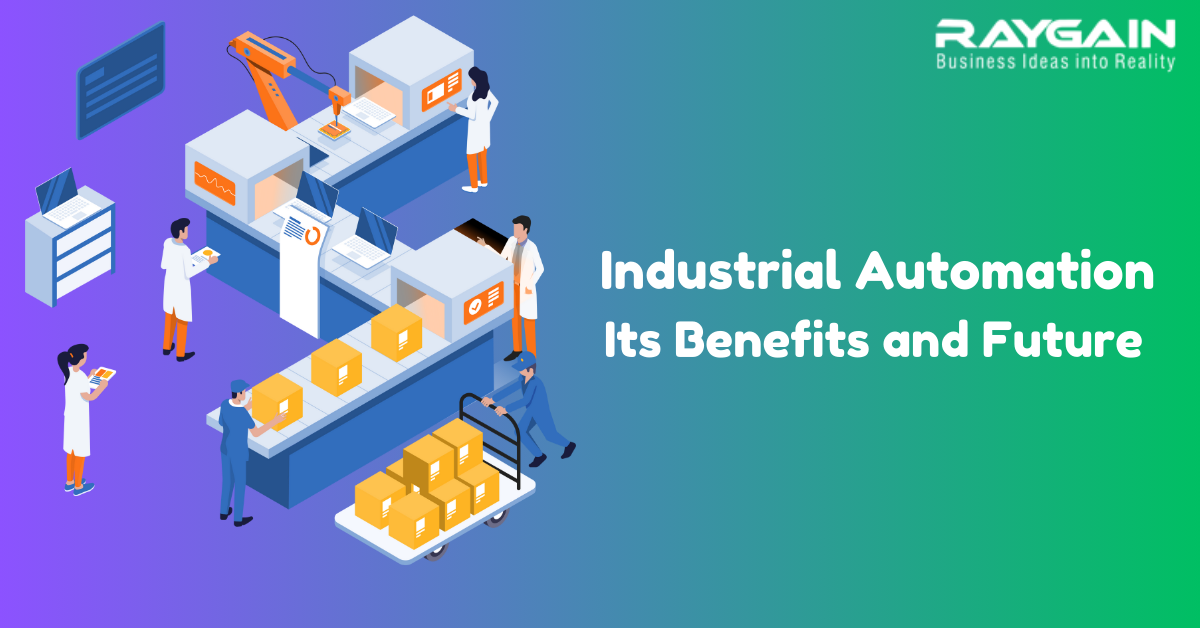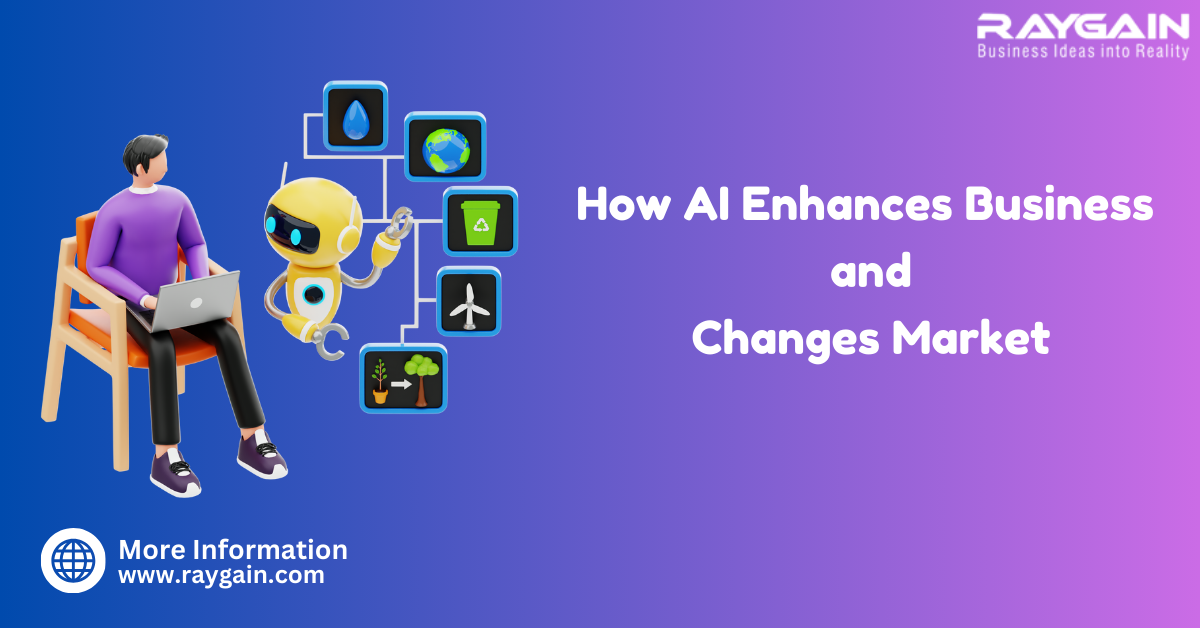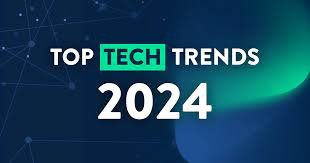
Industrial Automation
What Is Industrial Automation, Its Future and Benefits
Introduction: What is Industrial AutomationIndustrial Automation revolutionizes manufacturing and production

Introduction: What is Industrial AutomationIndustrial Automation revolutionizes manufacturing and production

Introduction: AI transform our life at great extent from personal

Here are some Latest Technologies in Software Industries include innovations

Introduction Artificial Intelligence (AI) is transforming the landscape of modern